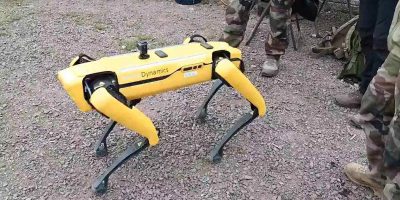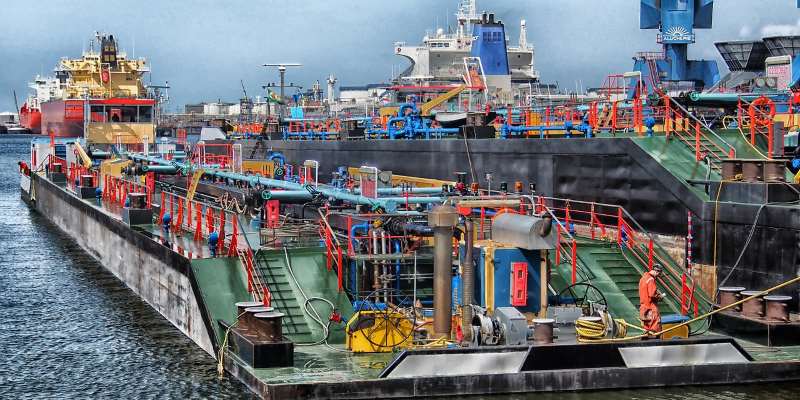
We’re just adapting to the new age of smart homes and devices, and already the world of IoT is beginning to make a difference outside of our own four walls. With IoT’s huge potential, it’s no surprise that businesses and cities have really taken to the idea. One fantastic example is the Port of Rotterdam, which aims to make IoT a key component of its future management.
How IoT Helped
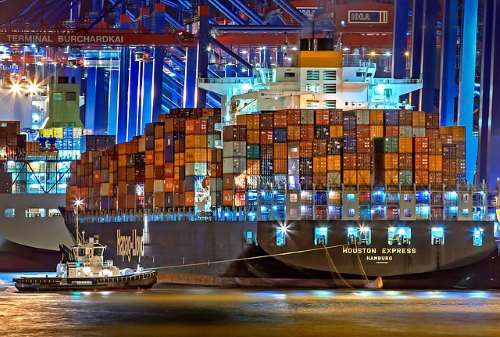
Before the proper IoT technology entered the scene, the Port of Rotterdam had to depend on radio and radar in order to get the job done. With 140,000 vessels entering the port every year, hauling a total of 461 million tonnes of cargo with it, communication was crucial! One false move and the entire port could come to a standstill.
As such, the Port of Rotterdam has decided to implement the Internet of Things into its infrastructure. This will connect to compatible boats to keep track of their bearing and speed so they can be properly and safely managed to prevent collisions.
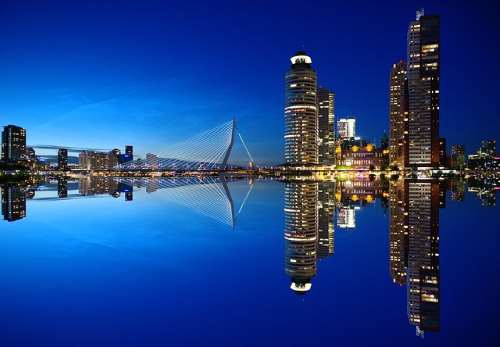
The web of IoT doesn’t end there, however. It also stretches across 42 kilometers of land and sea, gathering data about the current conditions. Everything from wind speed to water currents are measured to build a picture of the current conditions. This can then be taken into account when guiding ships to where they need to go.
The chief financial officer of the Port of Rotterdam Authority, Paul Smits, had this to say:
“Here in Rotterdam, we are taking action to become the smartest port in the world. Speed and efficiency is essential to our business and requires us to use all of the data available to us. Thanks to real-time information about infrastructure, water, air, etc., we can enormously improve the service we provide to everyone who uses the port and prepare to embrace the connected, autonomous shipping of the future.”
What Does this Tell Us About the Future?
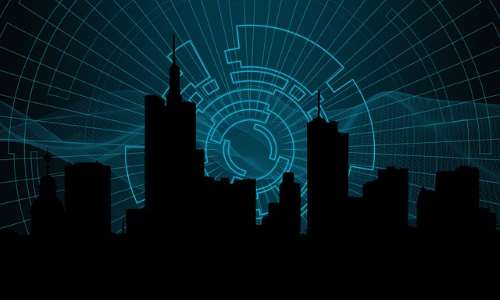
The ideal IoT world is one where everything is automated. Nobody needs to lift a finger – a computer takes all of the variables and calculates the best outcome in a splitsecond, Until we reach that level of technology, IoT can help as a guiding voice.
This Port of Rotterdam example is a good means of seeing what’s coming up. While we may not jump straight into self-driving cars, we may see vehicles that track the ones around it and give the driver advice. Instead of automated train systems, the trains talk to the stations to give up to date info on delays and times.
In short, while an automatic city would be nice, it definitely isn’t needed right now. As we come to grips with IoT and what it means for our cities, it’s probably best to not skip directly to complete automation and instead focus on how it can assist our already-existing human operators. Perhaps once that has been mastered, we can make the jump to full automation with confidence.
Smooth Sailing Ahead
With the Port of Rotterdam embracing IoT to help its management issues, it’s an exciting peek into how IoT can help businesses and cities. Even if we can’t achieve 100% automation with confidence, the ability to advise humans on what to do is very valuable.
What are you looking forward to with smart cities? Let us know below.
Get the best of IoT Tech Trends delivered right to your inbox!




